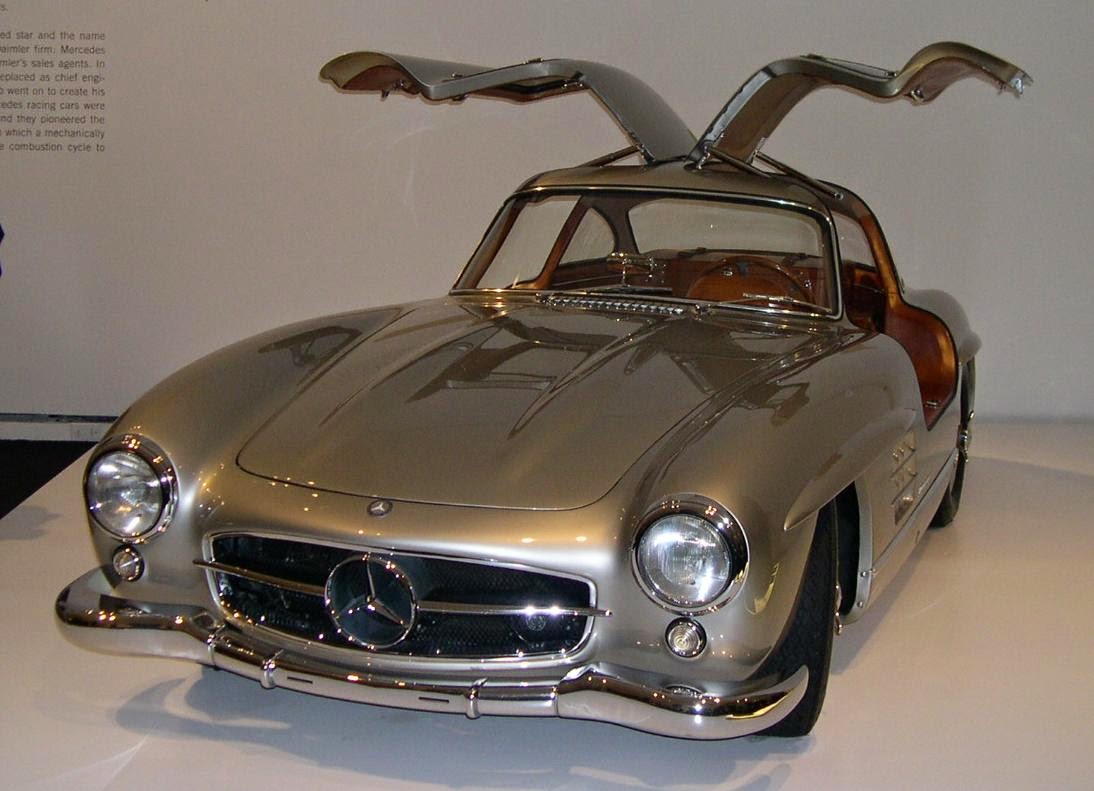It's a Gurgel!
I'd almost given up hope of identifying the car in this photo, first posted here nearly two years ago. But now Justino Silva Jr. has come to the rescue. This perky little buggy, Justino tells us, is a Gurgel X-12.
Gurgel?
Little known outside Latin America, Gurgel, I've discovered, has huge significance in Brazil. Gurgel Motors was founded in São Paulo in 1969 by João Augusto Conrado do Amaral Gurgel, a mechanical engineer and electrician whose life mission was to build a genuinely Brazilian vehicle.
Gurgel began, however, with some German help, basing his first, dune buggy-style models on the Volkswagen running gear that so suited the light off-roaders. In the early 1970s he introduced the four-place Xavante, still using VW's air-cooled rear engine and other mechanicals. The Xavante evolved into the 1975 X-10, joined that same year by a heftier military version that also would be sold to the public as the X-12.
With the Xavante came two notable innovations.The first was the fiberglass-and-steel composition of its unibody. This strong, rust-resistant material was patented by Gurgel as Plasteel.
The second was Selectraction, which allowed the driver to pull levers next to the parking brake to stop a spinning rear wheel and direct more power to the opposing wheel.Gurgel fans say Selectraction provided near four-wheel-drive traction without 4WD's cost and added weight. Today, automatically controlled forms of this system are found in cars around the globe.
 |
| João Gurgel and the BR-800. Source unknown. |
But Gurgel, who regularly compared himself to Henry Ford, still envisioned that all-Brazilian car that any of his countrymen could afford — a modern Model T. In 1988, he finally realized his dream with the BR-800, a tiny "city car" with Plasteel body and a water-cooled, two-cylinder engine designed by Gurgel and called the Enertron. Its electronic ignition system, again patented by the Brazilian engineer, did not require a distributor.
Though crude compared to city cars from the big automakers, the BR-800 was in early demand for its nationalist appeal. But sales fell off when the Brazilian government ended a tax break that had given it an edge over the Fiat Uno, Chevrolet Chevette and other rivals.
 |
| A memorable Gurgel truck. Photo source unknown. |
João Gurgel, who died in 2009, produced some 40,000 vehicles, from the snappy X-10 and X-12 to his city cars to a fleet of small trucks and vans — many of those decidedly odd-looking — and even to an electric car.
Like so many larger-than-life figures in auto history, Gurgel's contributions are still debated. Some Brazilians remember him as a noble dreamer, ahead of his time with his ideas for automotive efficiency. To others, however, he was a self-aggrandizer whose successes came only because of his government's protectionist policies of the day.But his real legacy, of course, is the Gurgel cars that still roll on. Like the X-12 I watched drive by in Havana, a sight Justino Silva Jr. calls "unbelievable."
Ah, but this is Cuba, where car stories and mysteries abound.
Read more about João Gurgel and Gurgel Motors:
English:
Portuguese:
And see Justino Silva Jr.'s extensive collection of photos of the unique-to-Brazil Ford Corcel:



Comments